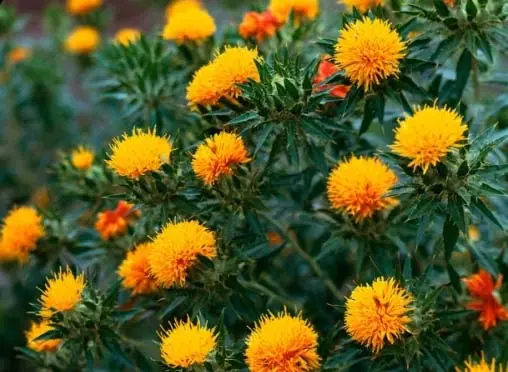Balod: For the first time, safflower is being cultivated as a new crop in the district.

Balod. For the first time in the Rabi season 2025-26, safflower is being cultivated on 125 hectares of land in the district as a new crop under the National Mission on Edible Oil-Oilseeds scheme. Farmers will be registered under the seed production program. The Deputy Director of the Agriculture Department stated that women farmers from Scheduled Caste and Scheduled Tribe categories are entitled to 100% exemption in seed production registration.
He explained that safflower should be grown in areas with good water holding capacity, such as Bharri and Kanhar. Irrigated crops can also be grown on light soils like Matasi. Good drainage is essential for safflower production. Sowing should be done between October and the last week of November. Seeds are required at 10 to 12 kilograms per acre. Sowing using a row seed drill yields higher yields. Using sulfur as a micronutrient increases its oil content.
It is a 120-150 day crop, with an average yield of 8-10 quintals per acre. The average price of the produce is ₹8,000 per quintal. Therefore, the oilseed crop safflower is a promising option for farmers in the district. Its oil is considered beneficial for health and is used both for food and beauty. Its oil helps lower cholesterol and maintain heart health. Furthermore, safflower cultivation offers the potential for good income with low input and minimal labor, making it a profitable crop. Safflower is cultivated for its brightly colored petals, orange dye (cumin), and its seeds. Its seeds contain 26-36 percent oil. Its oil is golden yellow and is used for various purposes. Its oil is as healthy as sunflower oil. It contains a significant amount of linoleic acid (78 percent), which helps reduce blood cholesterol.





